Episode 10: Force-fitting
Form-fitting has already been dealt with in Episode 8. Now let's take a closer look at force-fitting.
What is meant by force-fitting, how does it work and what is important in load securement.
Force-fitting is a connection of two parts across the surface, where both surfaces have a high coefficient of friction.
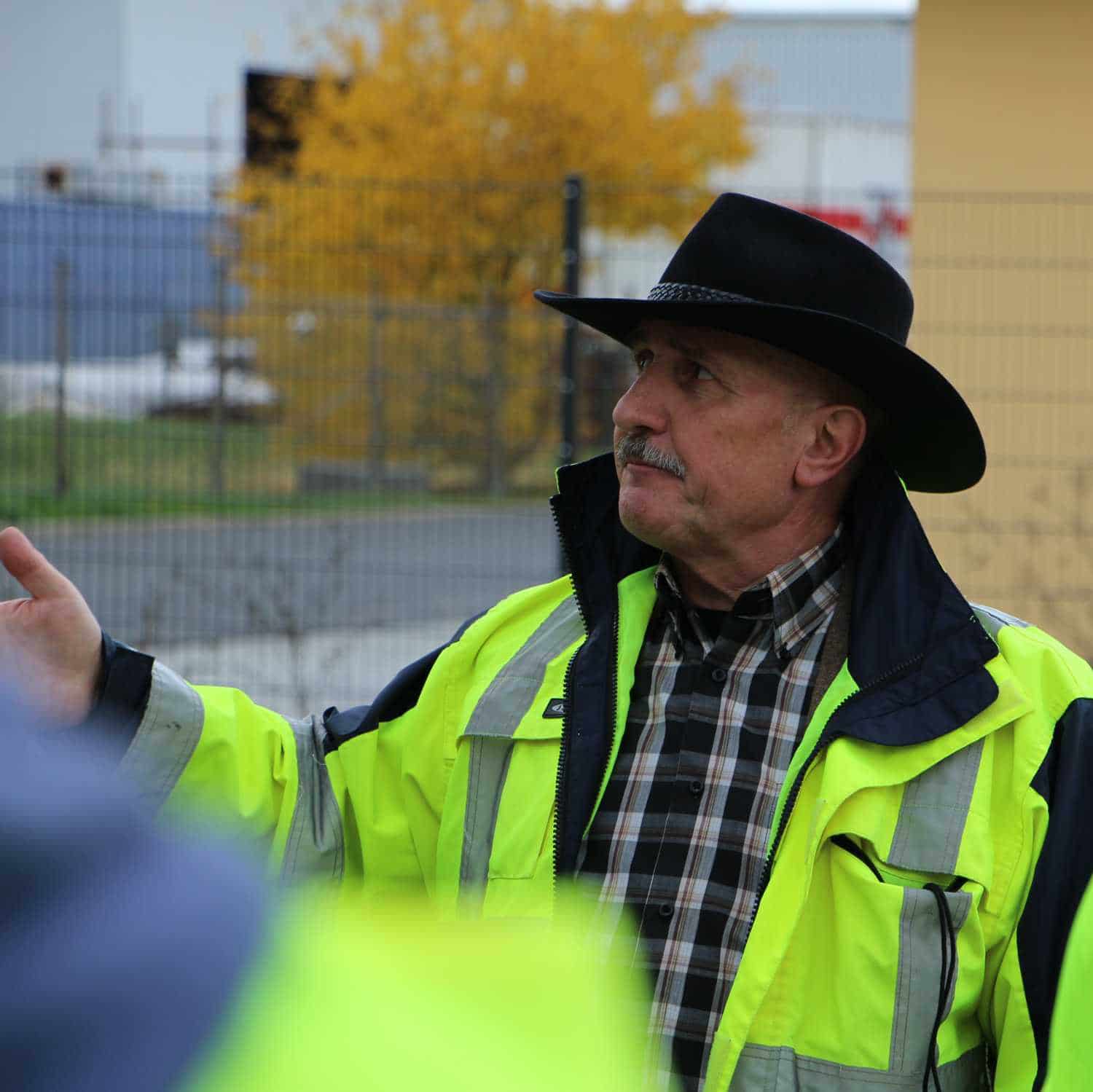
About the author:
In a series of specialist articles from the field, on topics relating to containers and trucks, you will receive first-hand professional knowledge.
How to secure cargo correctly and what are the basics of cargo securing?
They are developed and presented by Sigurd Ehringer, owner of SE-LogCon:
- VDI certified instructor for load securing
- Reference book author
- 8 years Project Manager
- 12 years with the Bundeswehr (company commander)
- 20 years of sales experience
- since 1996 consultant/trainer in logistics
- 44 years instructor/trainer in various fields
Episode 10: Force-fitting
A load presses with assumed 10 kg on a surface. The normal force results from the multiplication of the mass (example 10 kg) with the earth's gravitational force g (9.81m/s2).
The normal force is therefore
10 kg * 9,81 m/s2 = 100 N.
The normal force always acts perpendicularly on the surface.
Each surface has a certain roughness, which creates micro-serrations when the two surfaces come into contact.
The dimension is indicated with the letter µ and is called coefficient of friction.
If an attempt is now made to move the surfaces against each other, a counterforce is created by this roughness.
Exactly this effect is used in force-fitting.
The counterforce depends on the specific coefficient of friction µ and is referred to as the friction force.
If, for example, a manufacturer of truck bodies specifies a coefficient of friction of µ= 0.3 for its loading areas, this means that the force required to move pallets is 30% of the normal force.
How does the form-fitting securing of a free-standing load of 1,000 kg against displacement during full braking with 0.8 g. work? (see VDI-2700 and EN-12195-1).
The required securing force according to the regulations is FS = m * g * a = 1.000kg * 9,81m/s2 * 0.8g = 8,000N = 800daN
Usually, a load is lashed down with lashing straps. The force which now counteracts the displacement now consists of two components: the normal force + the pretensioning force.
However, the influence of three boundary conditions must be taken into account:
- The Frictional force FR from the coefficient of friction µ
- of the Lashing angle α between anchor point and the 1st deflection point
- of the Carryover coefficient/K factor between both anchor points
The pre-tensioning force can also be understood like an additional loading weight.
This means that only the portion of the preload force corresponding to the coefficient of friction is effective.
Frictional force FR = 1000 daN * 0,3 = 300 daN
Securing force FS = 500 daN * 0.3 = 150 daN
Sum: 450 daN
Thus, only a force of 450 daN would be required to move 1000 kg.
The example shows that the pretensioning force of 500 daN is not sufficient to secure the load against shifting.

Another boundary condition for the magnitude of the effective pretensioning force is the lashing angle α, because only the vertical component of the pretensioning force is effective. The proportion results from the sine of the lashing angle.
Example: for a Lashing angle α of 80º, the sine is 0.9961.
This means that of the 500 daN preload force, only 500 daN * 0.9961 = 498 daN work.

The pretension created by the tensioning ratchet only exists between the attachment point on the loading surface and the 1st deflection point. It is reduced at the deflection points due to frictional losses. The more deflection points, the greater the loss.
The sum of the preload force is therefore made up of at least three parts:
- Part 1: Anchor point - Deflection point 1
- Part 2: Deflection point 1 and 2
- Part 3: Deflection point 2 - anchor point
The result can be calculated with the transmission coefficient/K factor. can be calculated.
If all boundary conditions are now considered together, following the example, the following calculation results:
FSTF = pretensioning force * K-factor * sin lashing angle α * µ
= 500 daN * 1,5 * sin35º (0,5735) * 0,3 = 129 daN
How many lashing straps are now necessary to secure this load?
The following consideration can be made here:
800 daN must be secured, subtracting the frictional force of 450 daN from this gives the difference of 350 daN. This force must be provided by lashing straps. 350 daN divided / 129 daN = 2.7, which means that 3 lashing straps are required to secure the load of 1000kg under the specified boundary conditions.
The conclusion is frightening, because of 500 daN, which is a lot in itself, there is actually very little left. The conclusion should be drawn from this that the force-fitting securing method of tie-down lashing is fraught with many boundary conditions that must be taken into account and must therefore be used with the greatest caution.
A general solution is the combination of tie-down lashing + anti-slip mats with µ = 0.6.
The increase in the coefficient of friction is the decisive element.
Frictional force FR = 1.000 daN * 0,6 = 600 daN
Preload force FSTF = 500 daN * 1,5 * sin35º (0,5735) * 0,6 = 258 daN
Securing force FS = 600 daN + 258 daN = 858 daN
Fuse balance: The actual securing force must be equal to or greater than the required securing force.
858 daN ≥ 800 daN

In practice, one often sees exactly the opposite. Probably due to a lack of knowledge of the principle of action.
Your Sigurd Ehringer.

How forces interact and how you can then secure the load reliably is a fascinating topic for me as a career changer.
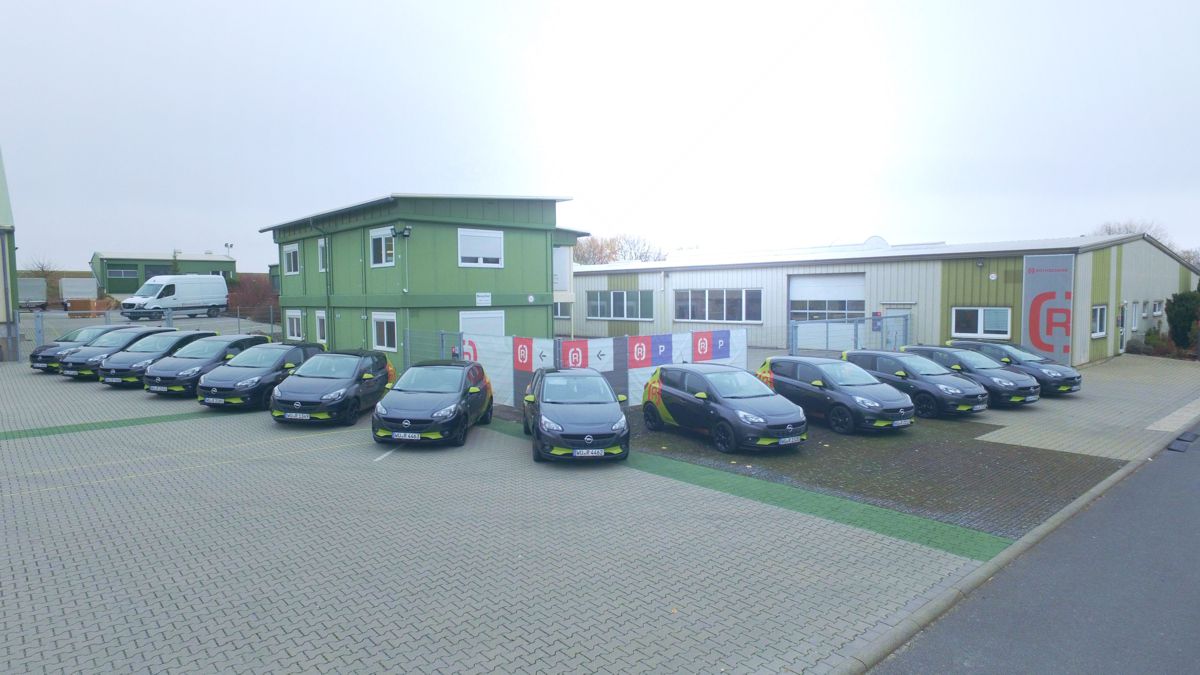
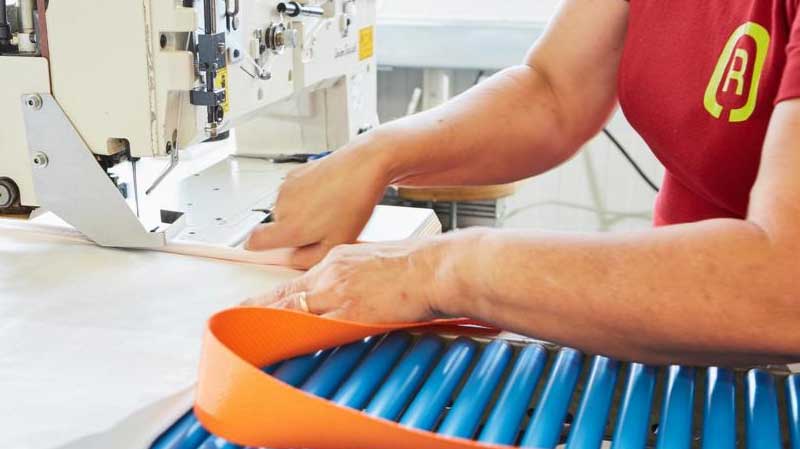
On our own account:
Rothschenk. That's us.
Rothschenk is a manufacturer of load securing equipment for overseas containers. In the tranquil town of Aub in central Franconia, we develop, test and sell our own load securing equipment such as dunnage bags/padding, Lashing restraint systems, Edge Protectors, Anti-slip Mats, Lashing Straps and drum securement. You can get a small insight into our product world in our Online Shop: [R] SHOP24.
We develop for our customers, to whom also large corporations e.g. from the CHEMICALS-, BEVERAGES- and Automotive industry belong, individual load securing. Therefore we are used to come up with new products and solutions in our own research and test department.
We stand for quality "Made in Germany„. Not only in development, but also in production. Because we are the only manufacturer for load securing with our own production site in Germany. Real "Made in Germany" even.
>> Please use the comment function below for suggestions, additions and also for further questions.
We will, of course, respond promptly and professionally. Your Rothschenk Team


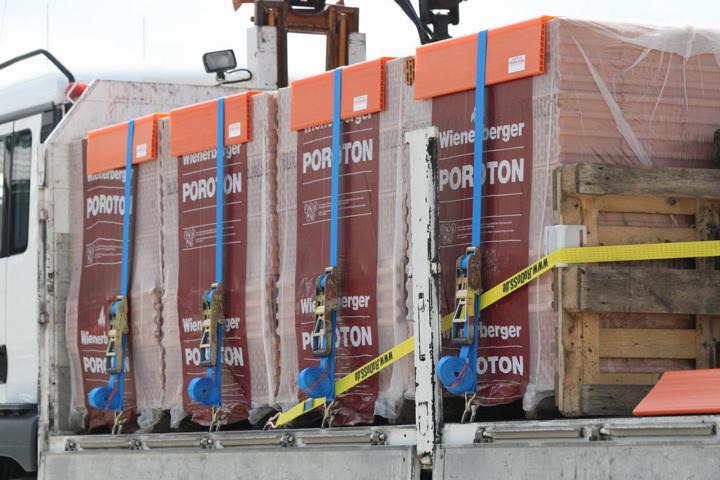




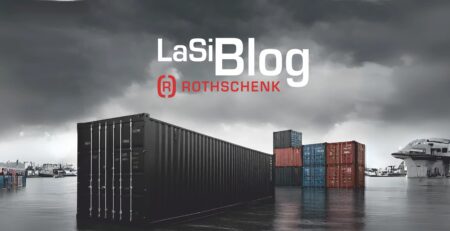
Comments (2)
Thank you very much for the article about force locks. Good to know how it relates to the body for trucks. Gladly more of it.
Hello Anton, we are pleased if the blog contributions are appreciated by our readers. Of course we will stay on the topic and new articles on different LaSi topics will appear monthly. LG your Rothschenk Team.